As a physiatrist in a pediatric burn unit in Santiago, Dominican Republic, Dr. Carolina Camilo was frustrated. While she was trained in treating damage to nerves and muscles, and the other staffers in her office were qualified to perform surgery and give anesthesia, there was no one who knew how to prevent her young patients from scarring and losing the use of their burned limbs.
“I did not know how to use splints or face masks or special bandages,” Dr. Camilo says, mentioning just a few of what she terms the “creative” ways of intervening with burn patients to ensure their full rehabilitation.
Thanks to Facebook, and global health care training nonprofit Physicians for Peace (PFP), Dr. Camilo was able to get the necessary information to build her skills and help the children in her community who otherwise would not have had access to such care.
Dr. Camilo has been part of a regional burn care training initiative that brought some of PFP’s International Medical Experts from the U.S. and Canada together with 35 health care providers from around Central America to share crucial medical information. But it was actually the Facebook group created afterward by PFP program director Leslie Toledo that helped her determine the best plan of action, and how exactly to execute that plan.
“I had some doubts about what was the best option for one patient with a hypertrofic scar,” Dr. Camilo says, “and when I wrote my concerns to the Facebook group, they helped me through to reach excellent results.”
Social media and technology are playing a greater role than ever in the information sharing necessary to build health care capacity globally. While PFP is just dipping its toe in the water, creating groups on social media like Skype or Facebook or Google Hangouts, and facilitating online education courses where training isn’t available, new CEO Lisa Arfaa has made technology a central component of the organization’s strategic plan.
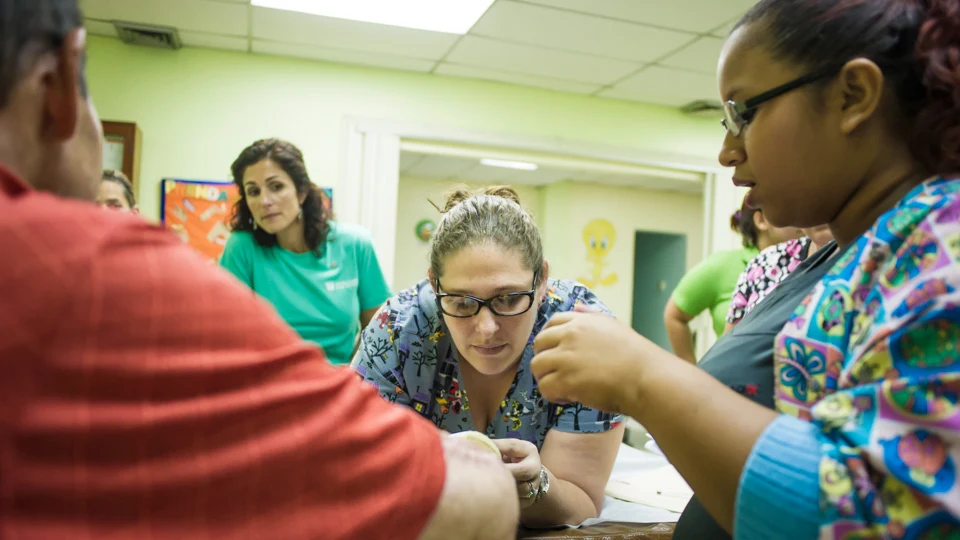
“Technology allows us to achieve our goals of strengthening long-distance relationships between our volunteer health care professionals and in-country health care providers,” Arfaa says. “Our plan is to continue to bridge the health care chasm through tele-mentoring efforts and other increasingly prevalent technologies.”
PFP is in good company. Although nonprofit organizations have typically shied away from technology due to the expense of it, that has begun to change dramatically as costs drop and reach expands.
“Digital technology gets half as expensive and twice as powerful every 18 months,” says David Risher, a former Microsoft and Amazon executive who cofounded nonprofit Worldreader to make digital books and information available to people in the developing world. Six years in, Risher’s organization now reaches roughly 2 million people annually with information from about 150 publishers. While nonprofits have been slow to adopt technology, that is changing as “tech gets you to a scale that’s so much bigger at a cost that’s so much lower,” he says.
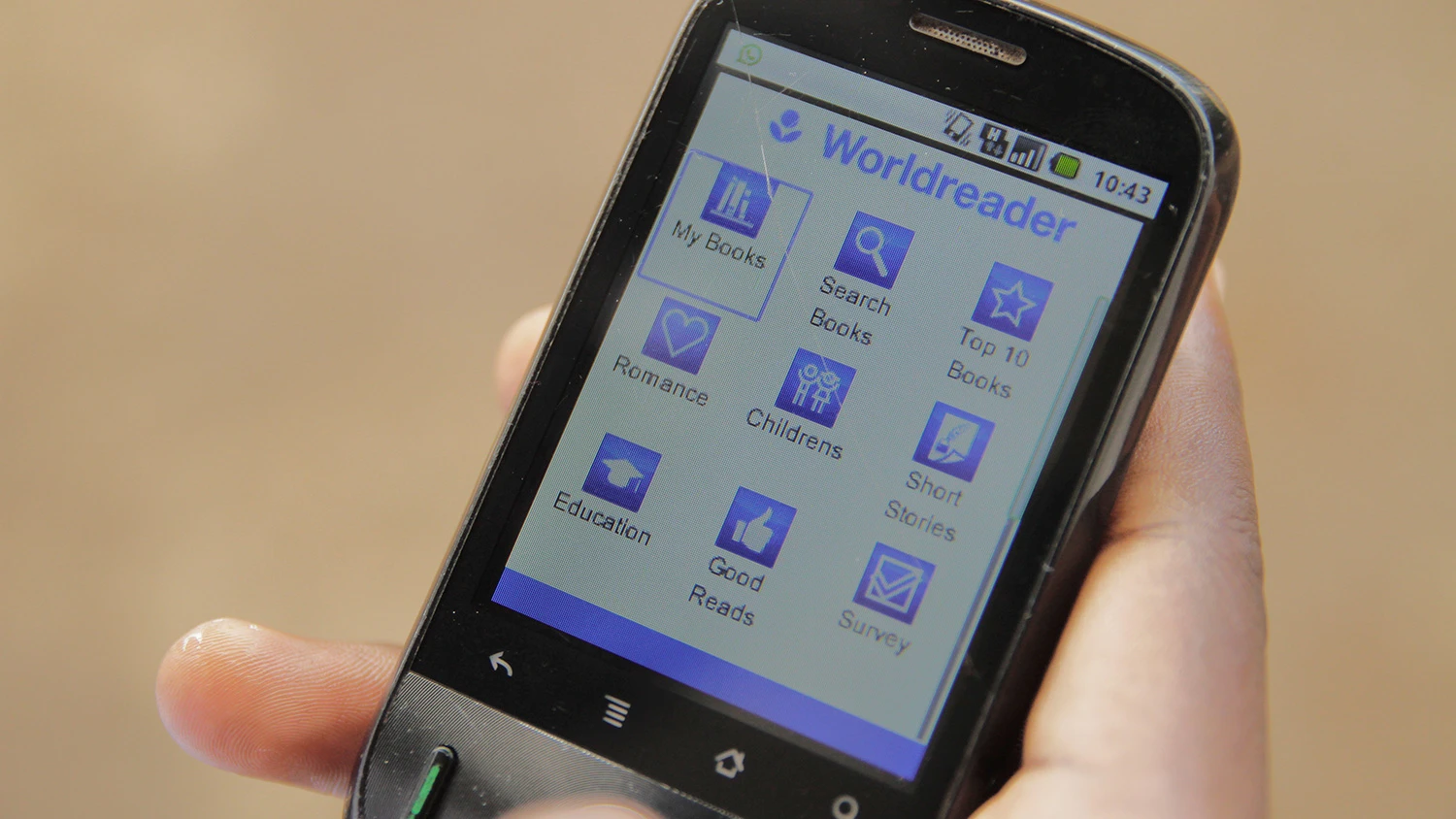
As an example, he points to the reduction in cost for the Kindle e-readers that Worldreader partners with other nonprofits to deliver to schools and libraries from $400 to $50. Information is often being downloaded to cell phones too because, Mr. Risher says, “there are now more cell phones on the planet than there are toilets.”
In the health arena, Worldreader’s low-cost reach is helping make populations aware of crucial information through popular books, like children’s book Kofi Has Malaria and young adult title Growth and Changes, and through the delivery of easy-to-read important health manuals from Hesperian. Following the success of delivering Where There Is No Doctor, an important basic training manual for communities lacking health care workers, onto e-readers in sub-Saharan Africa, Hesperian and Worldreader partnered recently to deliver Sanitation and Cleanliness for a Healthy Environment and Pesticides Are Poison through mobile reading apps being used by more than 13 million readers in 47 countries.
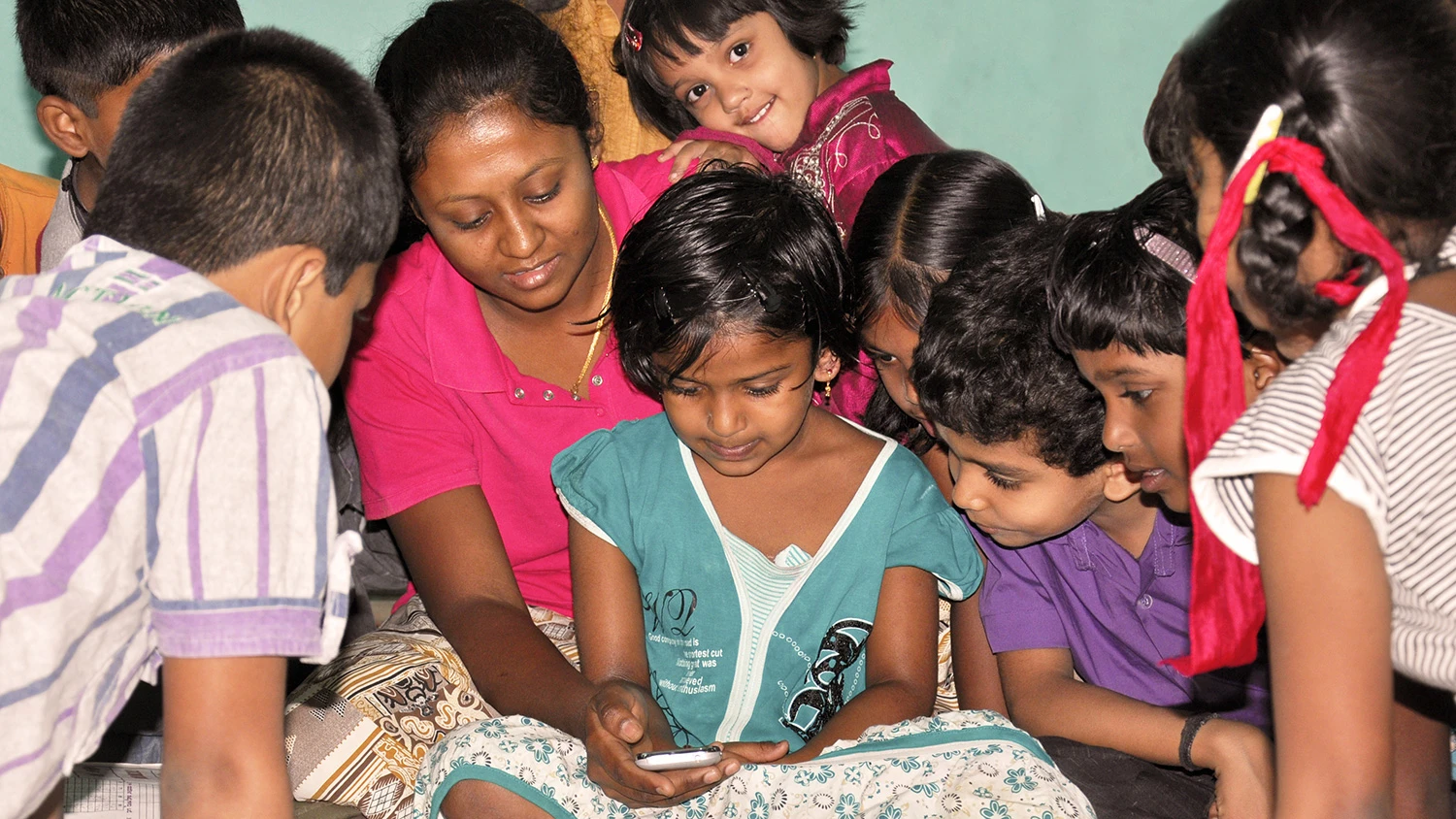
Hesperian is newly committed to “reimagining our trusted print materials through the innovative use of technology” in a variety of ways, a company spokeswoman says. Working together with Child Family Health International, Hesperian introduced its award-winning Safe Birth app created for low-literacy audiences to a select group of midwives in Latin America using low-cost computer tablets with great success, and will continue to track the response and impact of the application and the use of the tablets on the health of local communities. In addition, Hesperian created the HealthWiki, which facilitates online searches by topic and across multiple languages, offers its books free for PDF download in 33 languages, and offers all of its useful illustrations online.
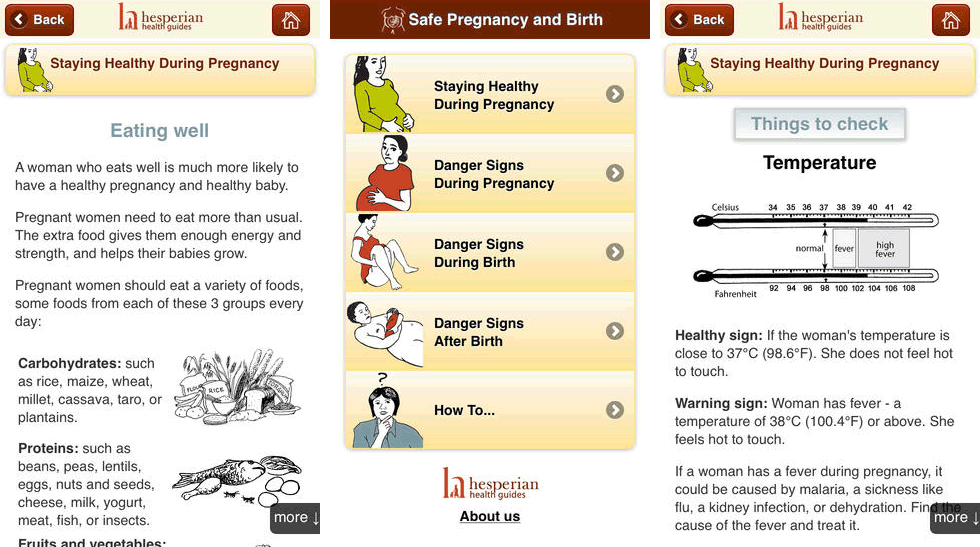
Other organizations are similarly beginning to digitize their health information to expand their reach beyond where doctors can go physically. The Center for Innovation in Global Health Technologies at Northwestern University has recently designed an Integrated Management of Childhood Illness application for Android tablets. The application is a clinical protocol established for health care providers to improve the quality of child care in resource-limited settings. This new app not only walks the health care worker through the entire Integrated Management of Childhood Illness (IMCI) strategy but it also provides auditory and visual resources to help them conduct effective patient exams.
Spreading health information virtually to people who don’t have access to specialized care has been a hallmark of Project Echo, whose goal is to train and mentor health care workers in specialized areas including heart disease, cancer prevention, diabetes, mental health, substance abuse, arthritis, and chronic pain, largely through teleconferencing.
Dr. Sanjeev Arora, a liver specialist and the nonprofit’s founder and director, started Project Echo in 2003 at his clinic at the University of New Mexico after determining that fewer than 5% of the 30,000 patients in New Mexico with hepatitis C had been treated due to lack of access to specialized care. Through single face-to-face trainings with primary care physicians, followed up by weekly “knowledge network” teleconferences, Dr. Arora was able to get doctors up to speed on his specialty in just over a year. He has since extended the model to “hubs” in 72 universities in 12 countries that provide training on 46 different disease specialties mostly through Zoom videoconferencing.
“We’re starting a movement to democratize medical knowledge for the benefit of patients all over the world,” Dr. Arora says.
While the virtual “tele-mentoring” time is crucial, Dr. Arora speaks of the importance of at least onetime face-to-face training sessions between mentors and mentees for social reasons.
“Human connection is still important,” he says. “Echo is not just a knowledge network, it is a social network, providing trainees more enjoyment of their work because they are able to solve big problems together.”
But is it possible that–to reduce costs of training and even medical care itself–technology will one day largely replace human interaction?
Coursera, an online training course company founded four years ago, has been expanding its free course offerings rapidly, including in the health arena, which has big implications for educating health care workers in remote and developing areas. Coursera has about 1.2 million Indian registrants, and a recent study showed that learners from a lower socioeconomic status, emerging economies, and those without a bachelor’s degree were significantly more likely to report benefits from online courses. Daphne Koller, cofounder and president of Coursera, pointed to the study as evidence of how Coursera and other Massive Open Online Courses (MOOCs) that are becoming increasingly prevalent can work toward changing lives globally.
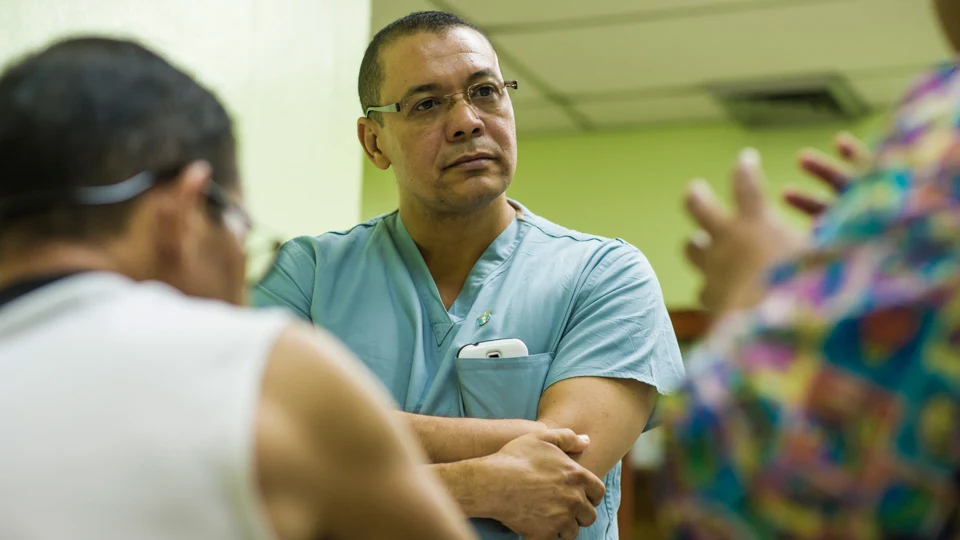
Technology has already begun to replace doctors in the flesh.
In 1998, UC Davis was the first university in the country to use video conferencing technology or “telemedicine,” for visits, and now the hospital performs 2,800 consultations a year through digital means.
Dr. Jim Narcin, head of pediatric telemedicine at UC Davis, estimates there are now about 20 million “telehealth” visits in the U.S., a number he said is expected to grow to 150 million in the U.S. by 2020 and greatly expand into international markets, in large part because it has been found to greatly reduce the cost of medical care.
“Growth of telemedicine has been really, really big because it allows the expertise to travel to the patient,” Dr. Narcin says. Although he believes that virtual doctor visits “should be standard,” especially as technology becomes more and more prevalent even in remote locales, and politics, licensing and insurance protocols are still to be determined.
Technology has the ability to train and offer health care directly to build sustainable healthcare globally, which is the mission of top organizations like Physicians for Peace.
“Going forward, technology offers incredible opportunities to ensure that quality health care becomes widespread even in the most remote and under-resourced communities,” PFP’s Arfaa says.
Recognize your brand’s excellence by applying to this year’s Brands That Matter Awards before the early-rate deadline, May 3.
